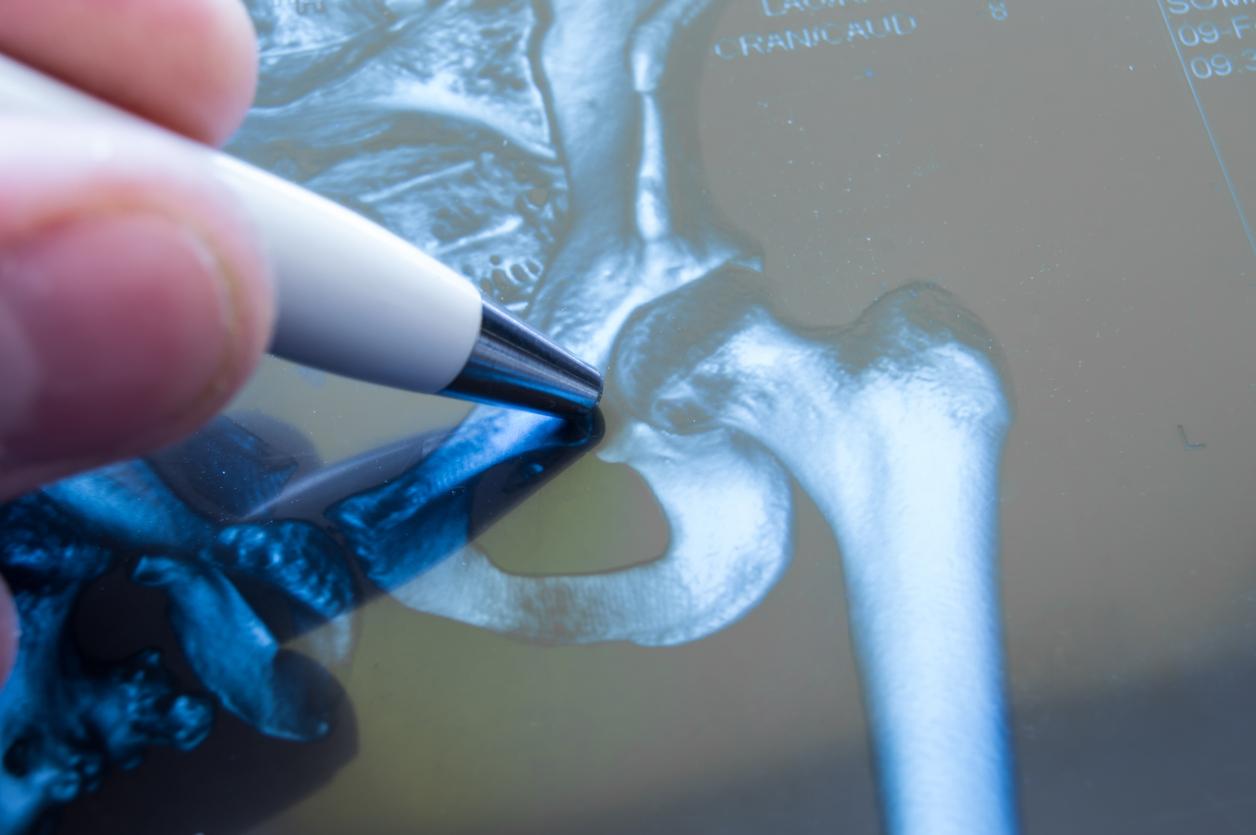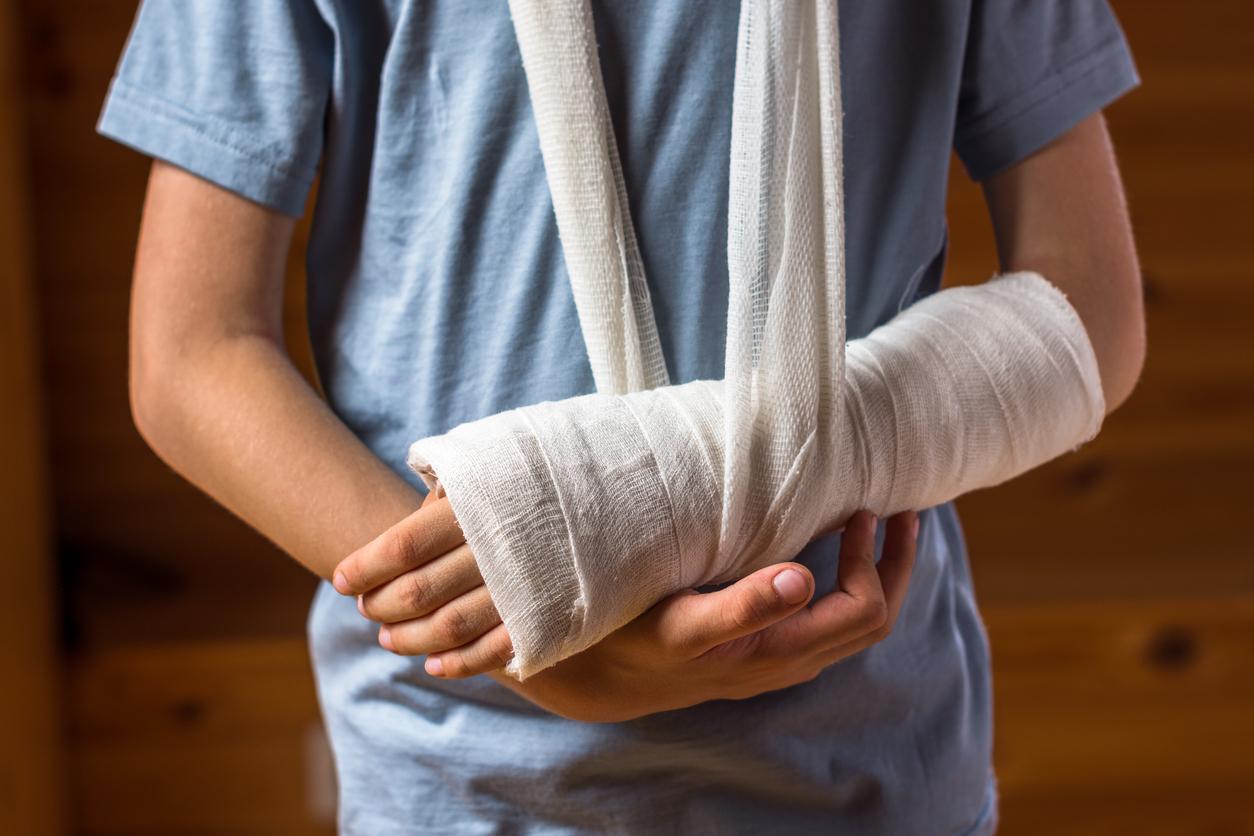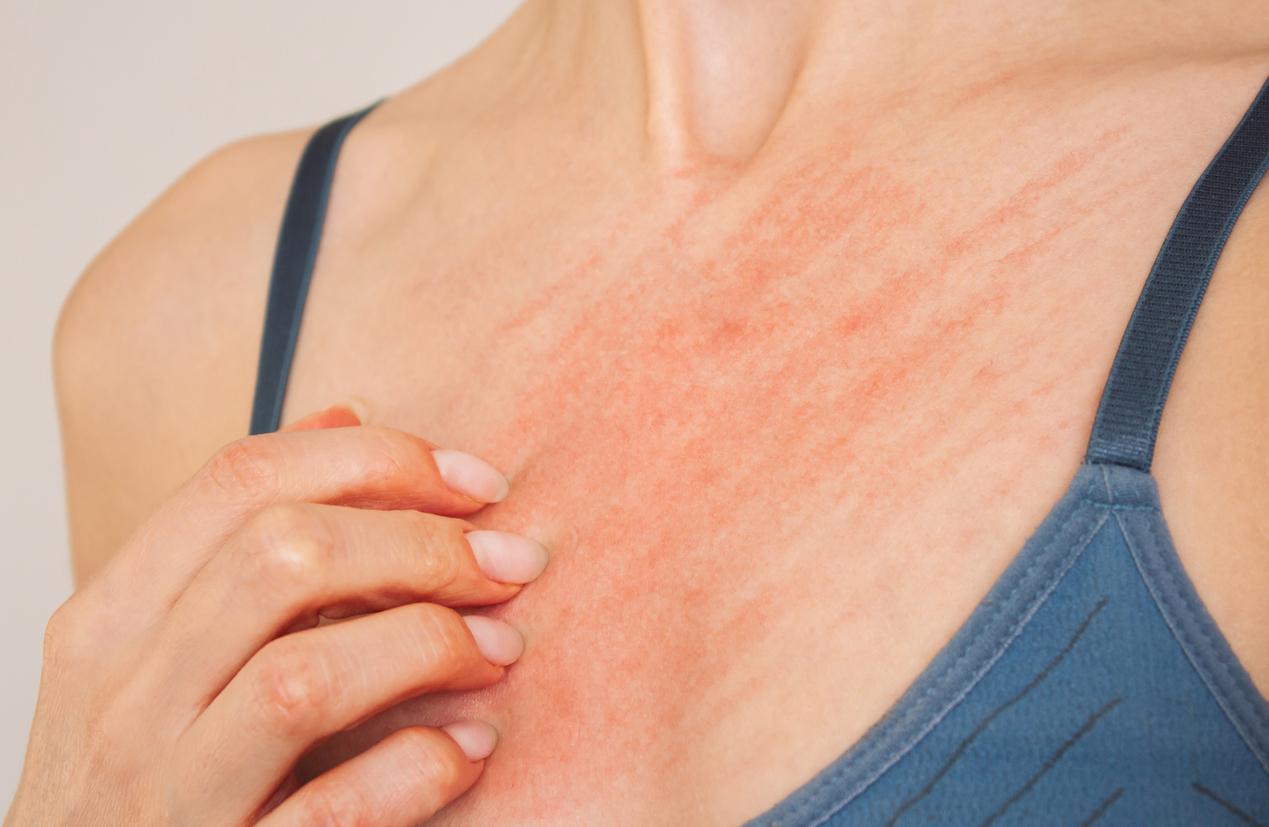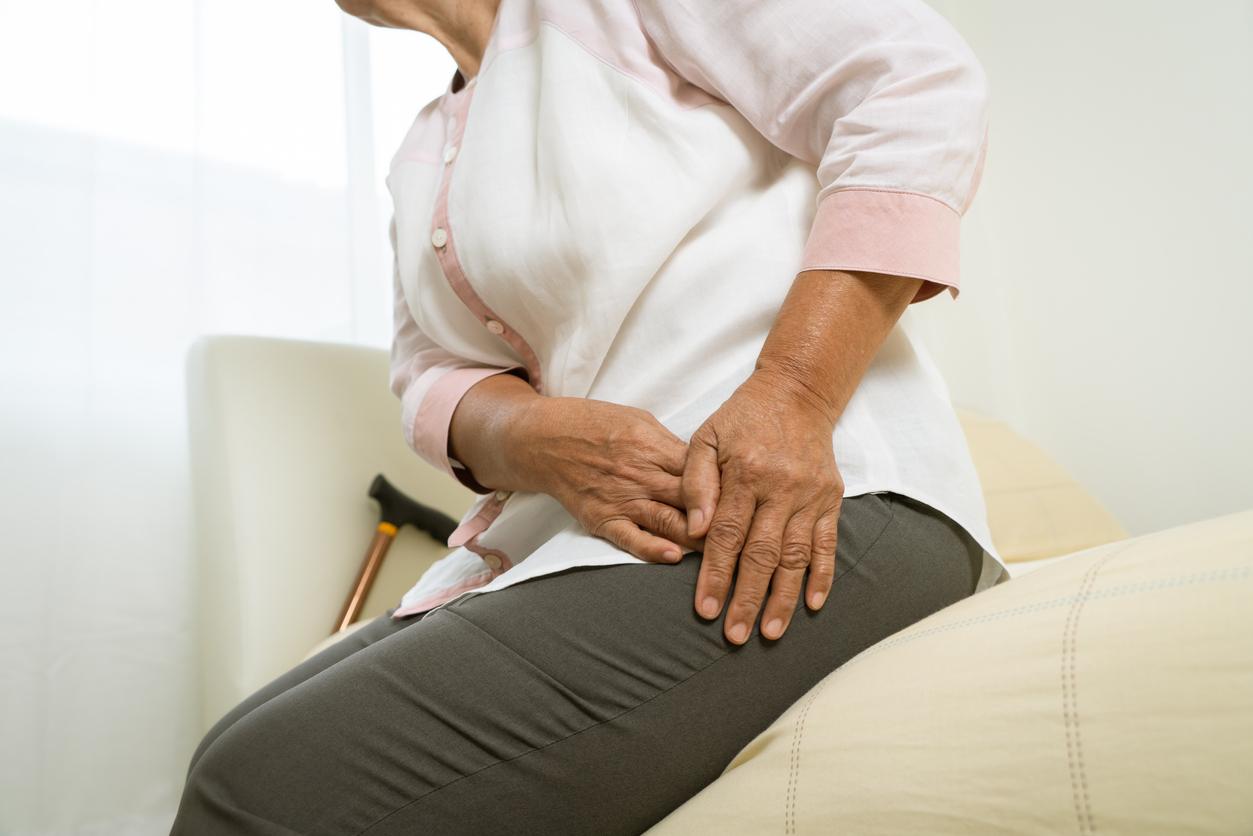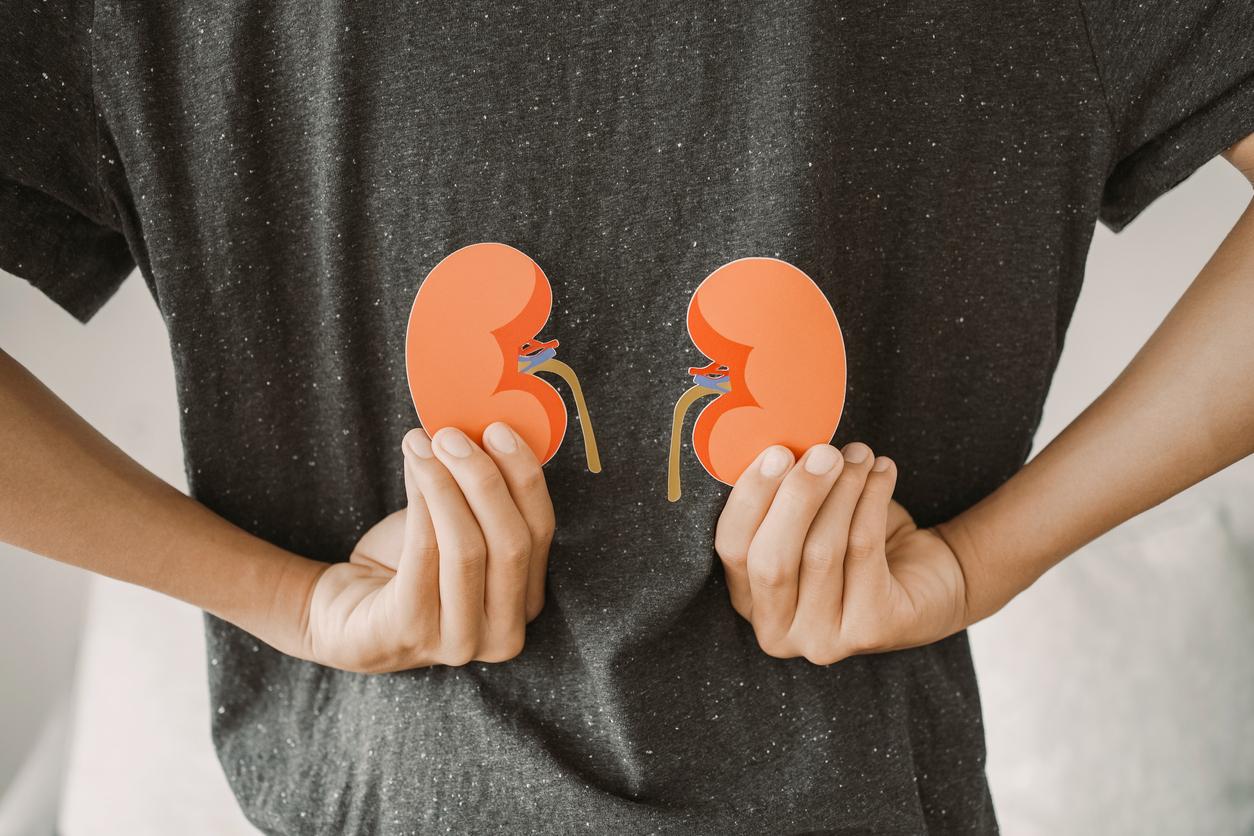Corticosteroids used in the treatment of atopic dermatitis (AD) are particularly involved in the increased risk of fractures in children, according to a study.
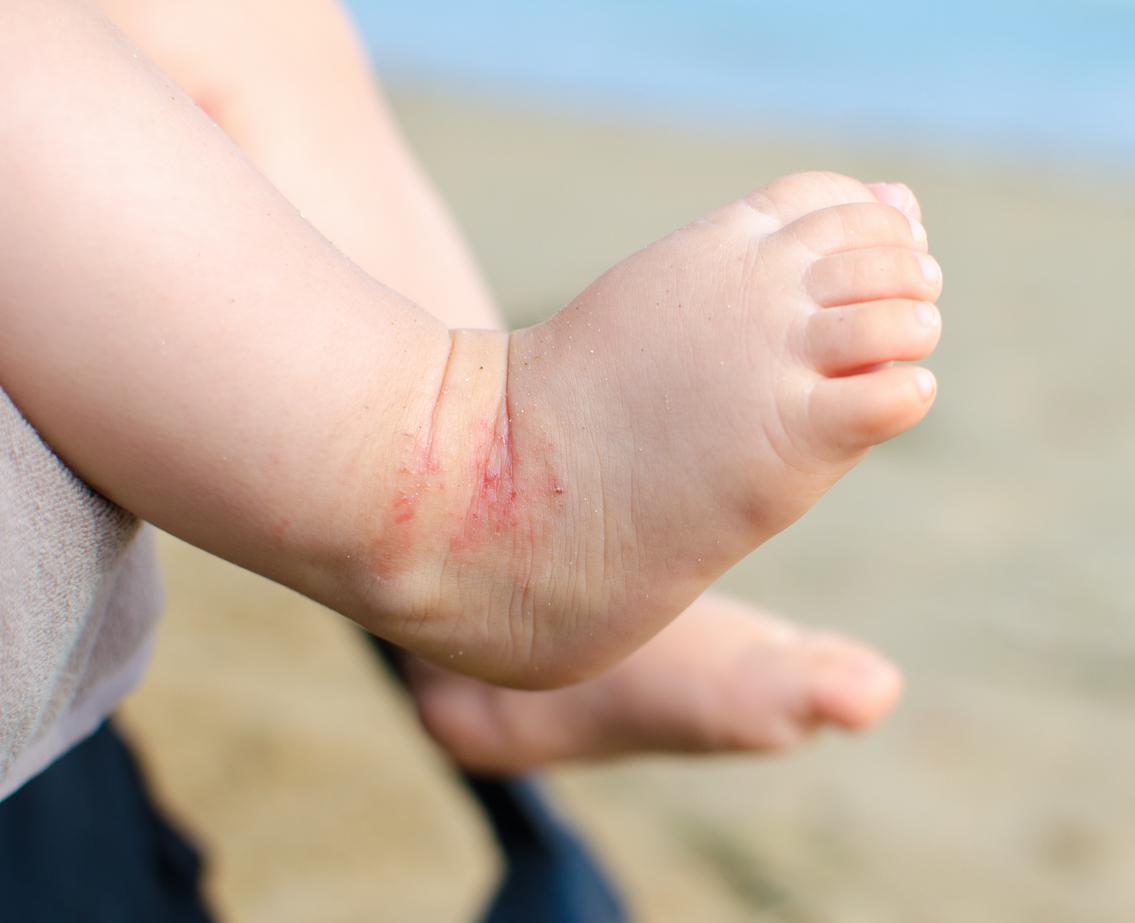
- About 1 child in 10 is affected by atopic dermatitis, according to Inserm.
- 50 to 70% of children with atopic dermatitis have a first-degree relative (father, mother, brother or sister) who has had it himself, according to L’Assurance Maladie.
14% more risk, minimum: this is the conclusion of a study on the link between atopic dermatitis in children and fractures.
Atopic dermatitis is a chronic inflammatory disease of the skin
The analysis, published in allergy, focused on 1.78 million South Korean infants, born between 2009 and 2015, with follow-up until 2019. This is the first time that a study has taken place on such a large population.
According to researchers at Sungkyunkwan University in Suwon, South Korea, the risk of fracture – in the head, spine, upper and lower limbs – increased with the severity of atopic dermatitis: 23% of increased risk in children with moderate to severe atopic dermatitis.
“Atopic eczema or atopic dermatitis is a chronic pruriginous skin disease (causing itching), evolving in flare-ups”, according to theHealth Insurance. In addition to itching, it results in eczema skin lesions: redness and crusts, but also dryness of the skin outside the areas affected by eczema.
Corticosteroids have a deleterious effect on the bones
Little is known about the factors that influence the relationship between atopic dermatitis and fractures in children, but there could be many. “Several factors may underlie the association of atopic dermatitis with fracture risk in children, including the interaction between immune and bone cells, dietary habits, calcium and vitamin D intake, physical activity , psychological and behavioral disorders, sleep quality and the effect of systemic corticosteroids on bone mineral metabolism“, write the authors.
These are indeed the treatment of atopic dermatitis in the form of ointments, creams and lotions containing corticosteroids. They decrease the inflammatory reactions of the skin but are not without risks. These drugsanalogs of cortisone naturally produced by the body, decrease the activity of osteoblasts and osteocytes, the two types of cells involved in the formation of bone tissue.
Furthermore, according to a previous studyduration of systemic corticosteroid prescription was significantly associated with fractures in children with atopic dermatitis.








